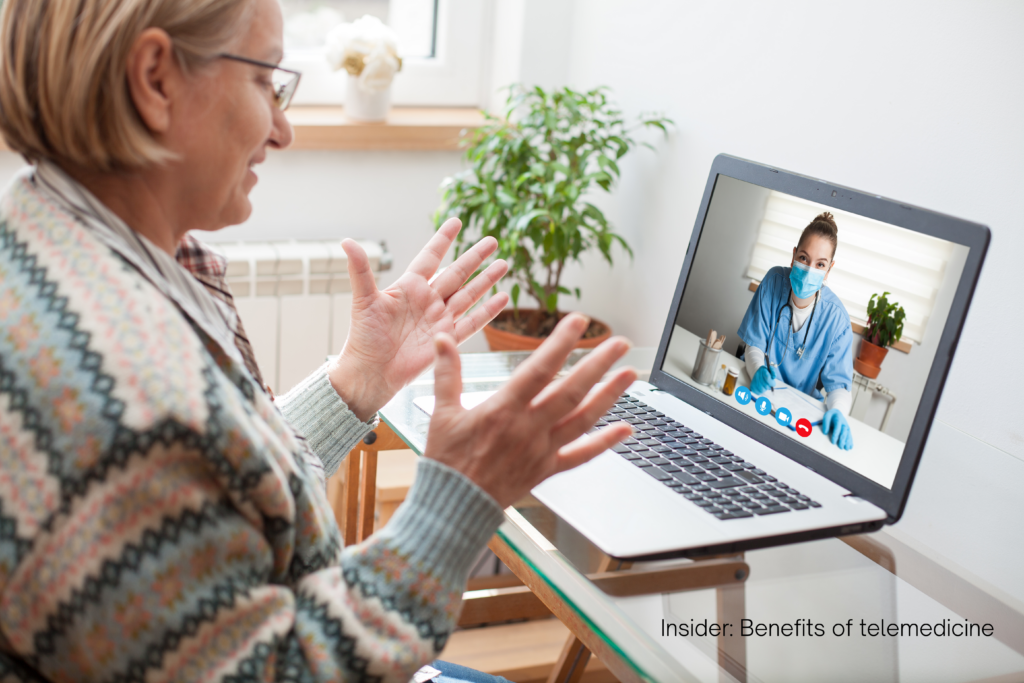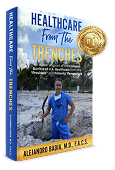
Benefits Of Telemedicine: How Remote Access To Care Can Help You
- The benefits of telemedicine include reducing Geographic barriers, proven access to care, cutting down on travel time, and preventing the spread of illness.
- You can benefit from using telemedicine in many medical fields such as psychiatry, urgent care, dermatology, dentistry, and physical or occupational therapy.
- this article was medically reviewed by Jason R. Mcknight, MD, MS, a family medicine physician and clinical assistant professor at Texas A&M College of Medicine.
- Visit insiders Health reference library for more advice.
About 76% of hospitals in the US offered Telehealth services. to determine which Services you’ll be able to access in your area, contact your healthcare provider or medical institution.
The Benefits of Telemedicine
Here’s what you need to know about the advantages of telemedicine and which kind of medical services are suited well for remote access.
Telemedicine prevents the spread of illness
Telemedicine isn’t new, but the man for Telehealth Services has increased because of covid-19. for example, one telemedicine service, Teladoc Health, reported a 50% increase in demand in march, and has added thousands of doctors to its Network in response.
More people are opting to use Telehealth Services now because it limits potential exposure to infection. this can be especially useful for those who are considered high risk, like the elderly population or people with pre-existing medical conditions, says David Cutler, MD, Family Medicine physician Providence St John’s health center.
Telemedicine improves access to Medical Care
before the covid-19 outbreak, telemedicine was most commonly used by those with limited mobility, such as people with a spinal cord injury or neuromuscular disorders.
additionally, telemedicine has been advantageous for people in rural areas with limited access to care – in fact, about 8.6 million Americans do not have a hospital within a 30-minute drive from where they live.
Telemedicine is flexible and convenient
Even if you live near a doctor, telemedicine can be more convenient and traditional office visits. It eliminates travel time, cuts down and waiting rooms, and allows for more flexible scheduling outside of regular office hours.
“You don’t need to drive to the office, don’t need to find or pay for parking, and don’t need to wait in a waiting room,” says Adam Solomon, MD, chief medical officer at MemorialCare Medical foundation. “These types of visits can be specially useful for minor illnesses that don’t need much of a physical exam.”
Telemedicine allows for easy management of chronic illness
“With remote patient monitoring, some chronic conditions like diabetes or high blood pressure can be more easily managed,” says Jackielyn Harris, an ER nurse and Hospital supervisor at Kaiser Permanente.
For example, some patients can use at home devices – like blood pressure cuffs, digital scales, and blood tests, they will still need annual in person eye exam as well as a physical exam to check for diabetic neuropathy, which is nerve damage caused by high blood sugar levels.
How can Telehealth benefit me?
Exactly how you can work with your doctor remotely depends on what kind of medical care you are seeking.
Here’s a look at how you can benefit from using telemedicine in each of these different fields.
Psychiatry
Many mental health conditions can be managed remotely without the need for in-person visits. For example, your healthcare provider can discuss symptoms, offer counseling, adjust your medication, and order prescriptions all through telehealth services.
“There is also a shortage of Behavioral Health Providers and Telehealth removes the barrier of distance from treatment, increasing the number of available providers, especially for remote locations,” says Solomon.
Solomon says that are real-time video interaction between the provider and the patient is best for treating mental health conditions like anxiety and depression. some resources on how to access this care include online-therapy.com, Icounseling, and more.
Urgent Care
Urgent Care provides immediate treatment for both acute and chronic illnesses, and is meant to be an alternative if your primary care physician is unavailable.
“These types of visits can be specially useful for minor illnesses that don’t need much of a physical exam, like a rash or eye infection,” says Solomon.
Many common ailments can be diagnosed effectively over a video conference, or with photos sent through a secure platform.
- Sinus infection symptoms, such as nasal congestion, pressure behind eyes, or headaches
- Throat and ear aches
- Conjunctivitis (pink eye)
- Skin conditions like rashes and bug bites
Dermatology
”Many skin conditions are relatively straightforward to diagnosed and treat via video conferencing,” says Solomon.
Some common conditions that are easily managed via teledermatology include:
- Acne
- Rosacea
- Male androgenetic alopecia (male baldness)
Severe burns, more complex rashes, and skin cancers will often require in office visits and further procedures, Kober says.
Physical therapy and occupational therapy
Videos or photos demonstrating stretches and exercises can be a good implementation to in-person exams, but telemedicine cannot completely replace physical and occupational therapy, says Alejandro Badia, MD, FACS, an orthopedic surgeon in Florida.
Badia uses a mobile app with many of his patients where he can answer questions and share videos of himself describing and demonstrating exercises. Live video conferencing can also be a good way to receive physical or occupational therapy, as your provider can supervise your movements and make sure they are done properly.
“There’s no question that hands-on rehab is more critical,” Badia says. “But we are going to continue to see more telemedicine to some degree.”
Dentistry
Dentists are able to use live video and oral cameras to examine patient’s mouths, discuss exams and develop a care plan, says Sean Boynes, DMD, vice president of Health Improvement at DentaQuest partnership for oral health advancement.
With the use of portable x-ray units, some dental hygienists can even take X-ray images to upload and send them to the dentist. This procedure dose required the hygienist to visit your home, with limits your exposure to others in the dentist’s office.
If your dentist suspects a tooth decay or cavity from your exam or photos, you will have to go to the office to get treated, but teledentistry allows you to consult with your dentist and determine if you need to be seen in person.






